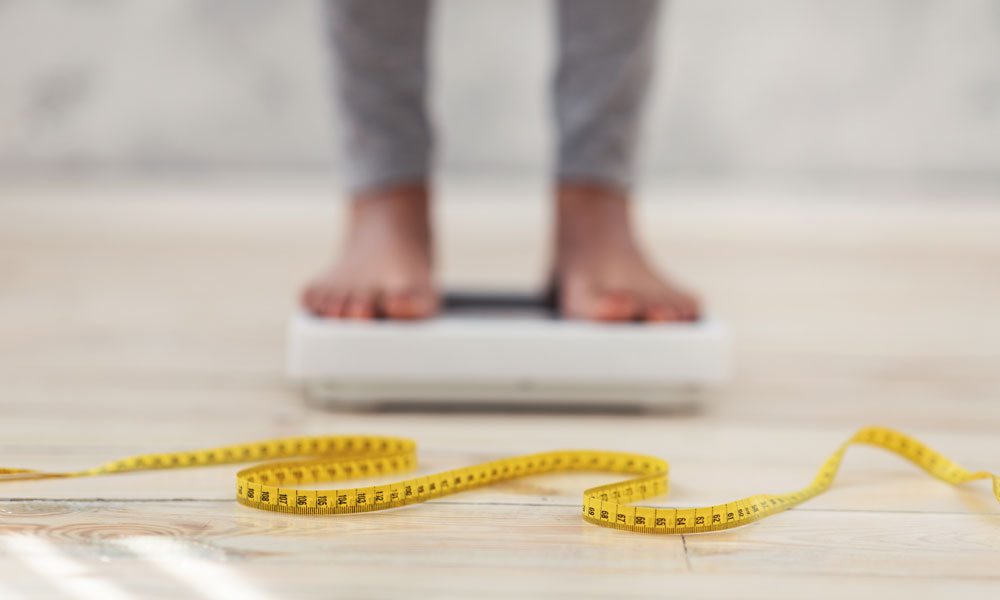Lower back pain is a prevalent issue that affects millions of people worldwide. One effective way to counteract this discomfort is by improving posture. Not only can good posture help alleviate current pain, but it can also prevent future occurrences. Implementing tools like a traction machine for lower back can provide significant relief, enhancing overall well-being. Here is a guide to understanding how your posture can affect your lower back and ways to improve it.
The Importance of Proper Posture
Maintaining proper posture is crucial for the health of your spine. Poor posture, such as slouching or hunching over, can place undue stress on your lower back, resulting in pain and discomfort. Good posture ensures that your spine is aligned correctly, distributing your body weight evenly and reducing the strain on your lower back muscles. Regularly practicing good posture can not only prevent lower back pain but also improve your overall posture, leading to better health and well-being.
Tips for Improving Posture
1. Stand Tall: When standing, keep your shoulders back, chest out, and your weight evenly distributed on both feet. Avoid locking your knees, as this can place additional strain on your lower back.
2. Sit Smart: Choose a chair that supports the natural curve of your spine. Your feet should be flat on the floor, and your knees should be at a right angle. Consider using a lumbar roll to maintain proper lower back support.
3. Regular Exercise: Strengthening the muscles in your back, abdomen, and hips can help improve your posture. Exercises such as planks, bridges, and leg lifts can be beneficial. Additionally, aerobic activities like walking or swimming can enhance your overall fitness and posture.
Utilizing Tools and Techniques
Incorporating tools such as ergonomic furniture and specialized devices can aid in improving your posture. For individuals suffering from severe lower back pain, using a traction machine for lower back problems can provide substantial relief. Additionally, seeking professional advice on how to care for patients with back issues can offer valuable insights and strategies for maintaining a healthy posture.
Lifestyle Changes
Making lifestyle changes can also significantly impact your posture. Simple habits such as taking regular breaks to stand and stretch during long periods of sitting, sleeping on a mattress that supports spinal alignment, and maintaining a healthy weight can all contribute to better posture and reduced lower back pain. For comprehensive guidance, read this article on how long to do traction on your back so that you can make informed decisions about your posture routine.
Conclusion
Improving your posture is a proactive step towards preventing lower back pain and enhancing your overall health. By adopting good posture practices, utilizing supportive tools, and making positive lifestyle changes, you can significantly reduce the risk of lower back pain and improve your quality of life. Remember, small adjustments in your daily habits can lead to big improvements in your posture and back health.





